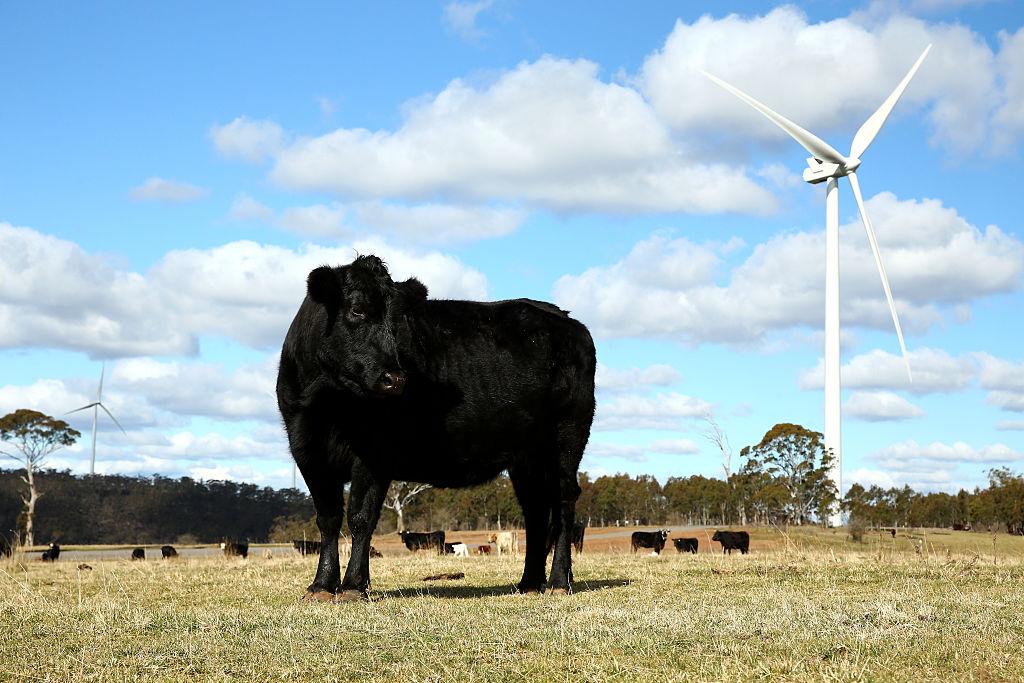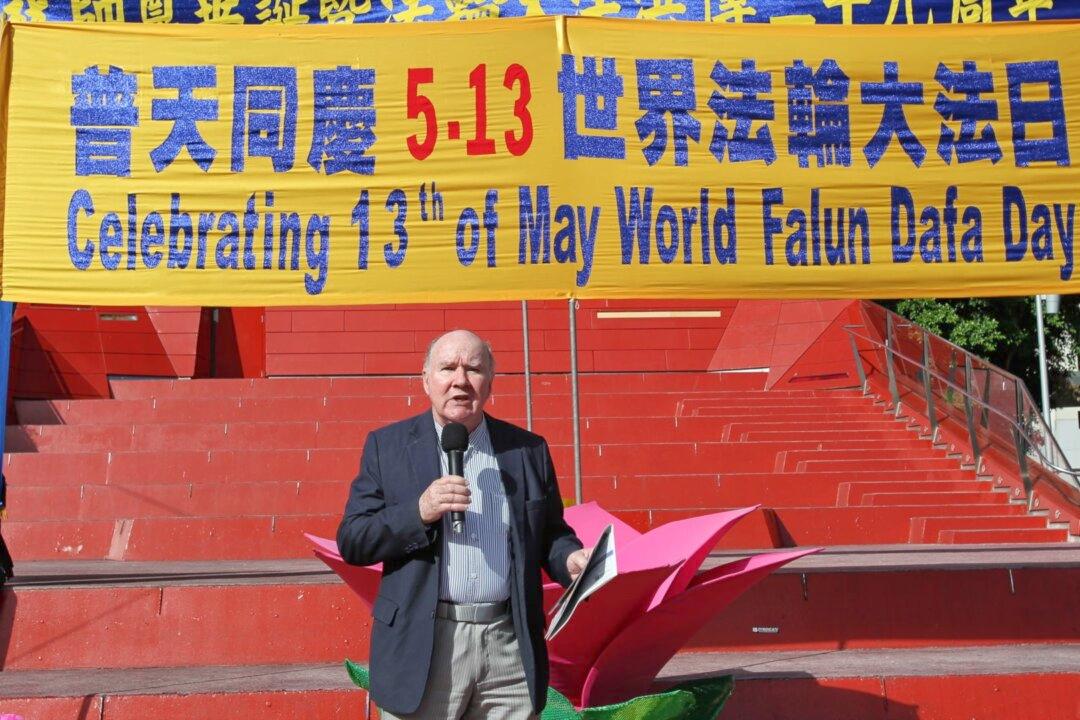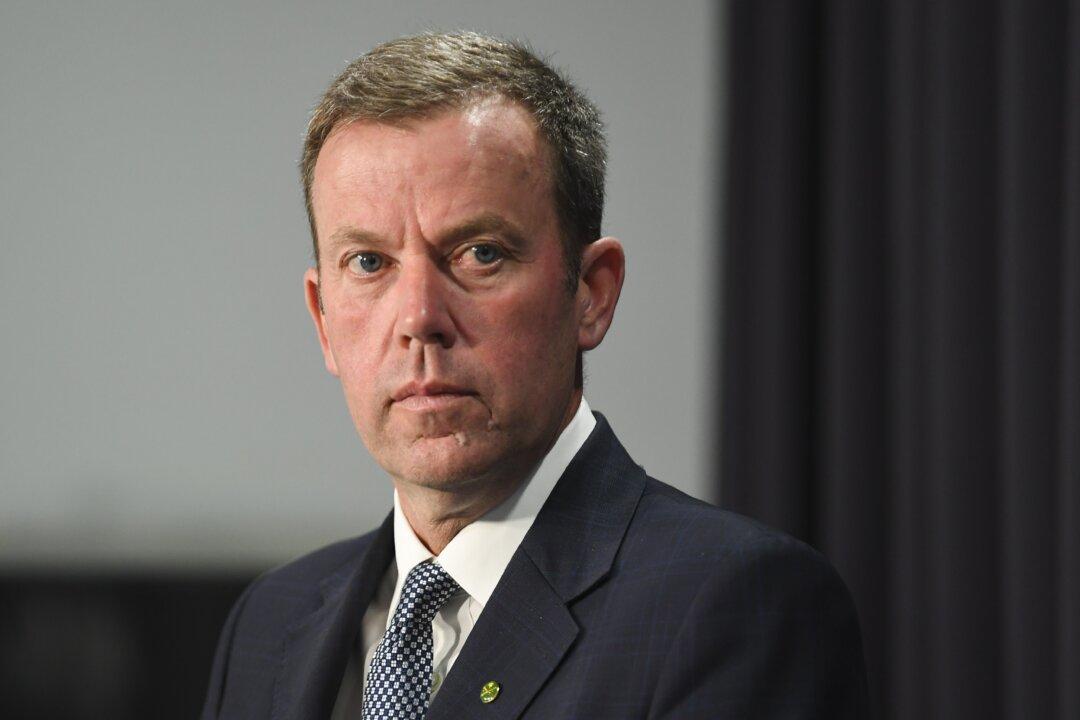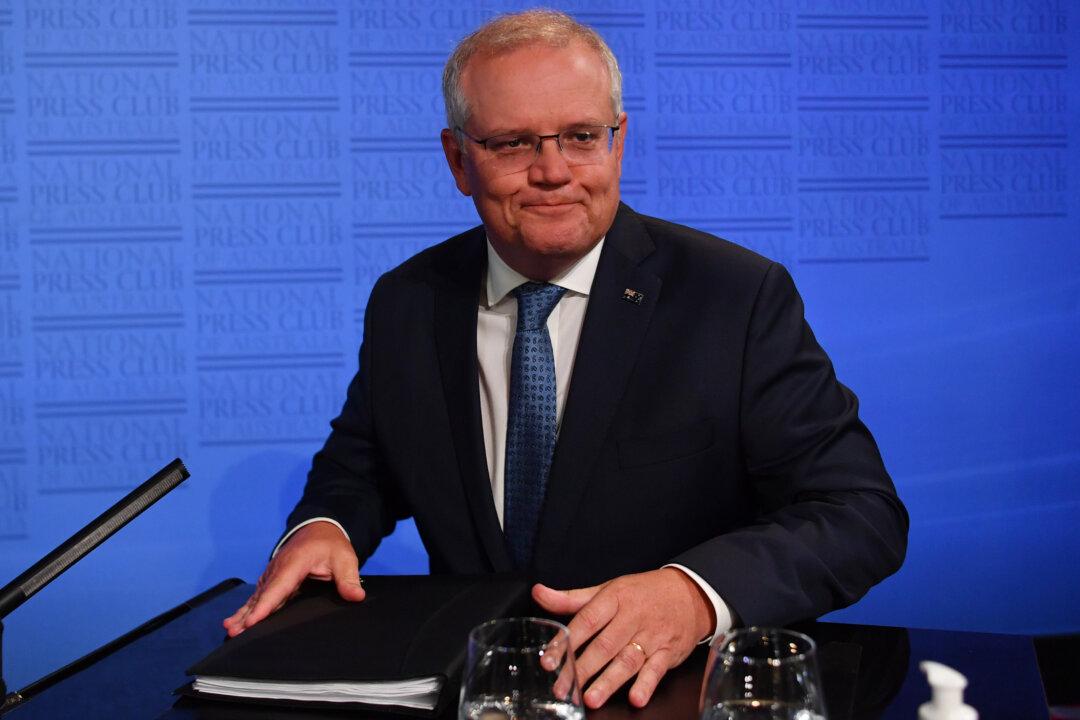Australian dairy farmers have been given federal government grants to reduce power bills and upgrade to energy-efficient equipment as the industry transitions towards low emission targets by 2030.
Announcing the $3.5 million Energy Efficient Communities Program on Nov. 2, Minister for Energy and Emissions Reduction Angus Taylor, and David Littleproud the Minister for Agriculture, Drought and Emergency Management said that 551 dairy farmers, mainly localised in Australia’s south-east, would get funding of up to $20,000 to invest in energy reduction.





